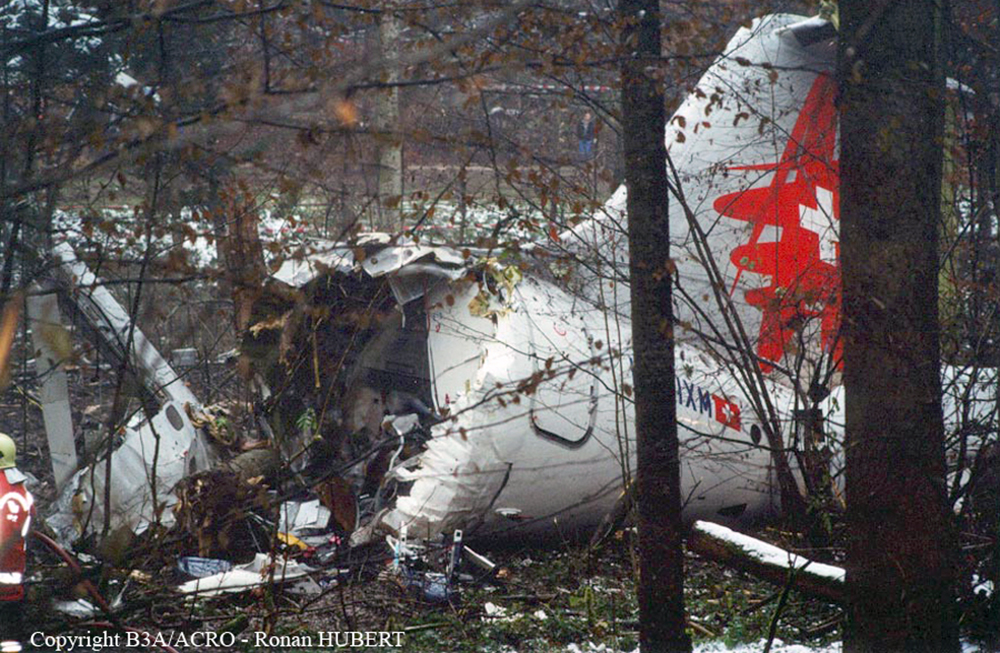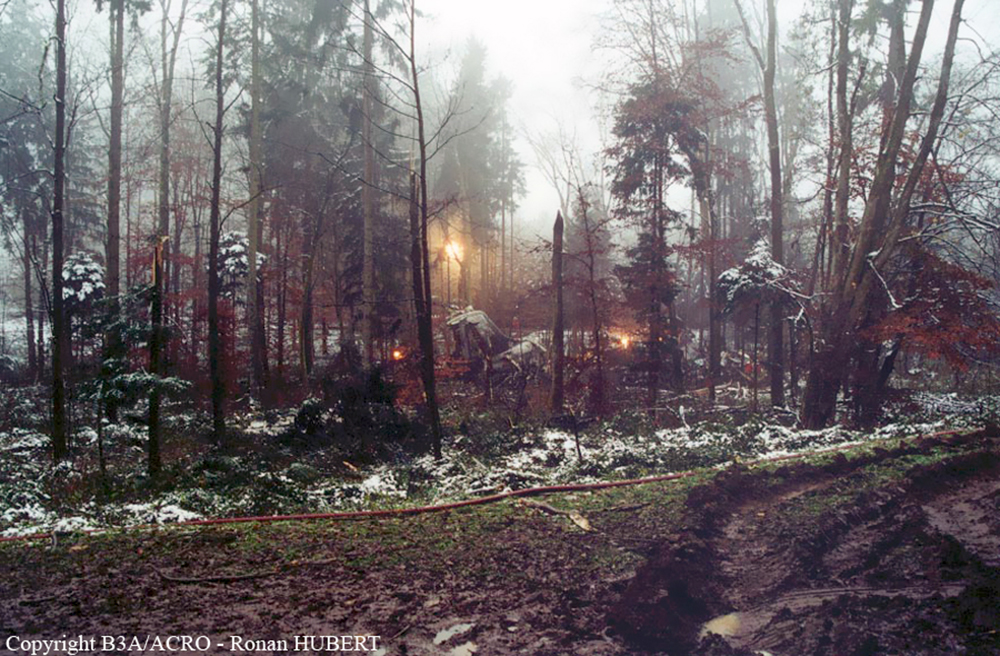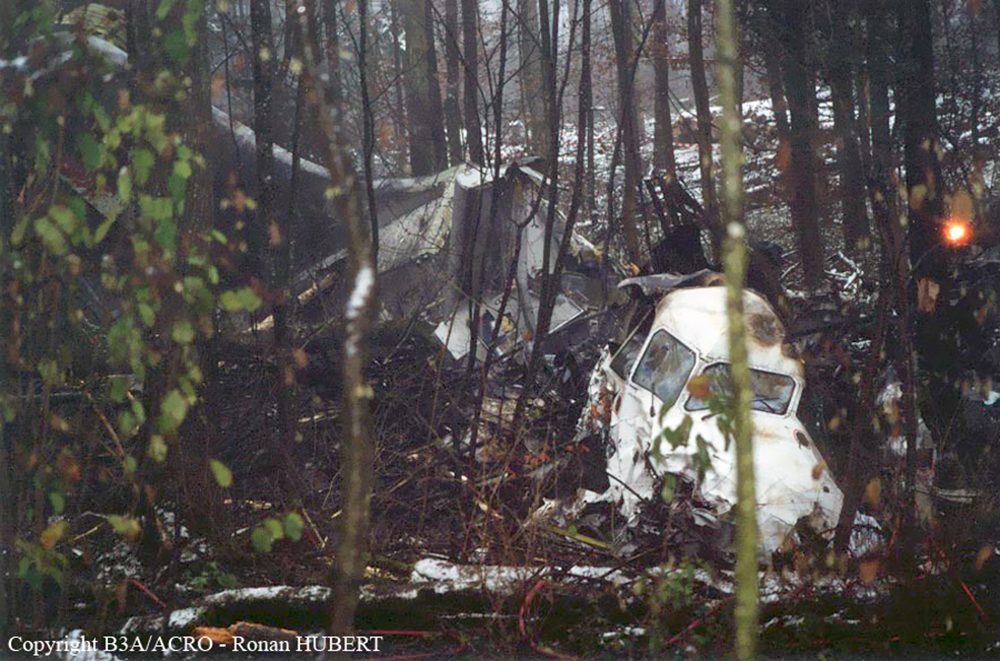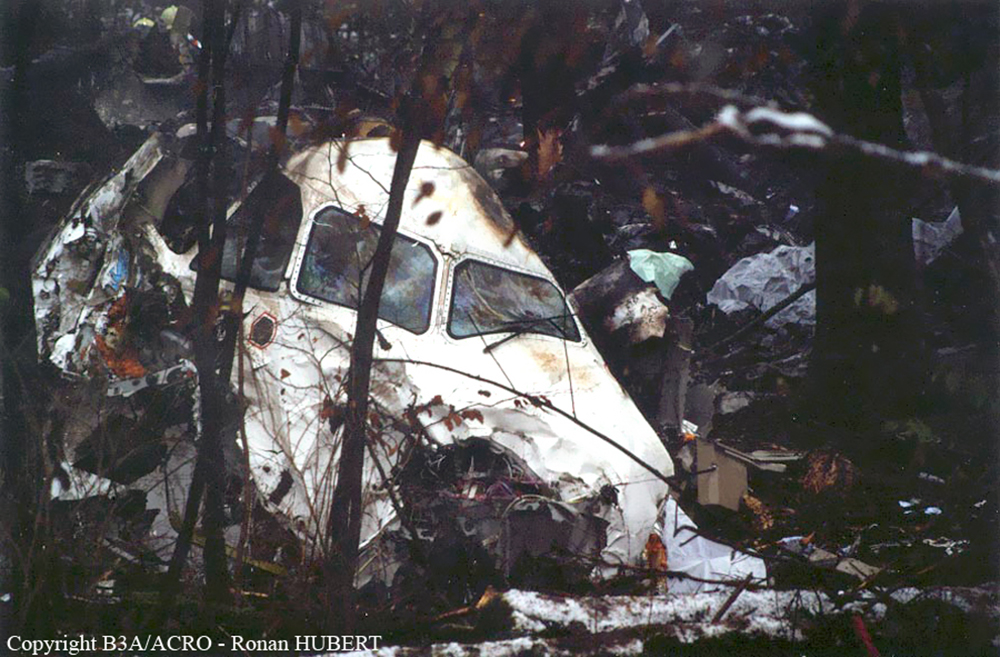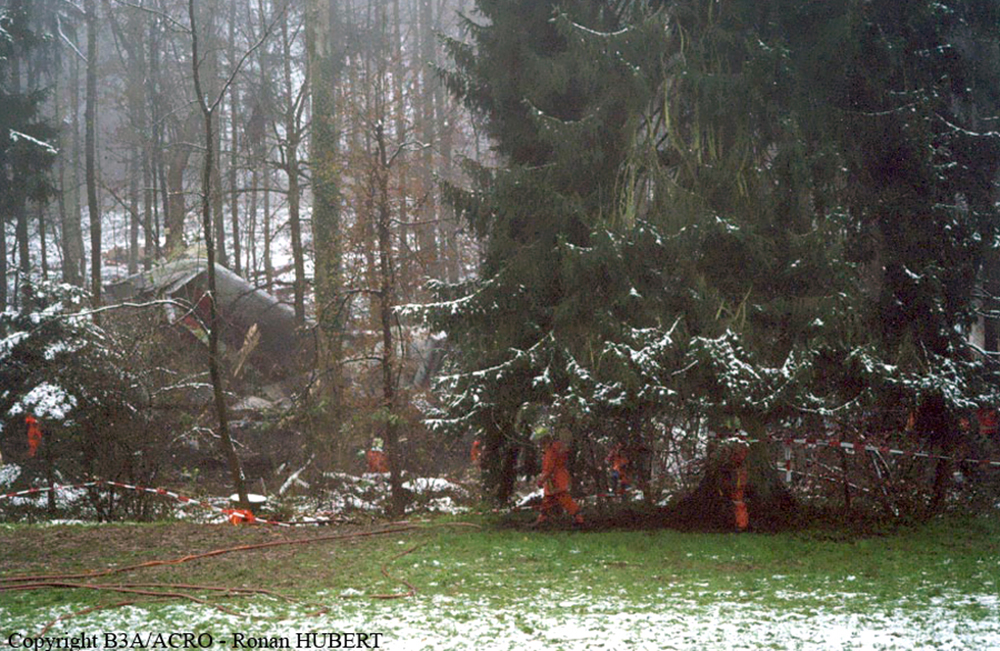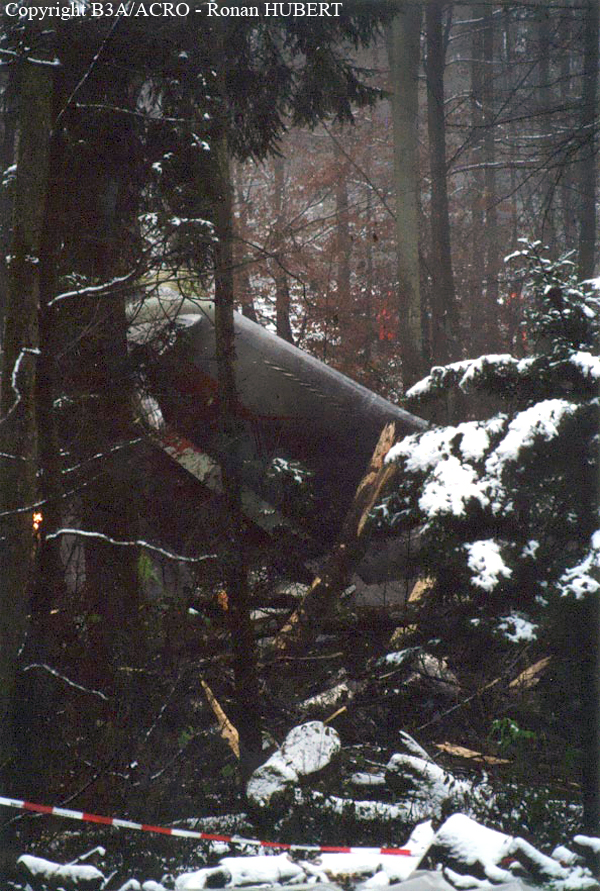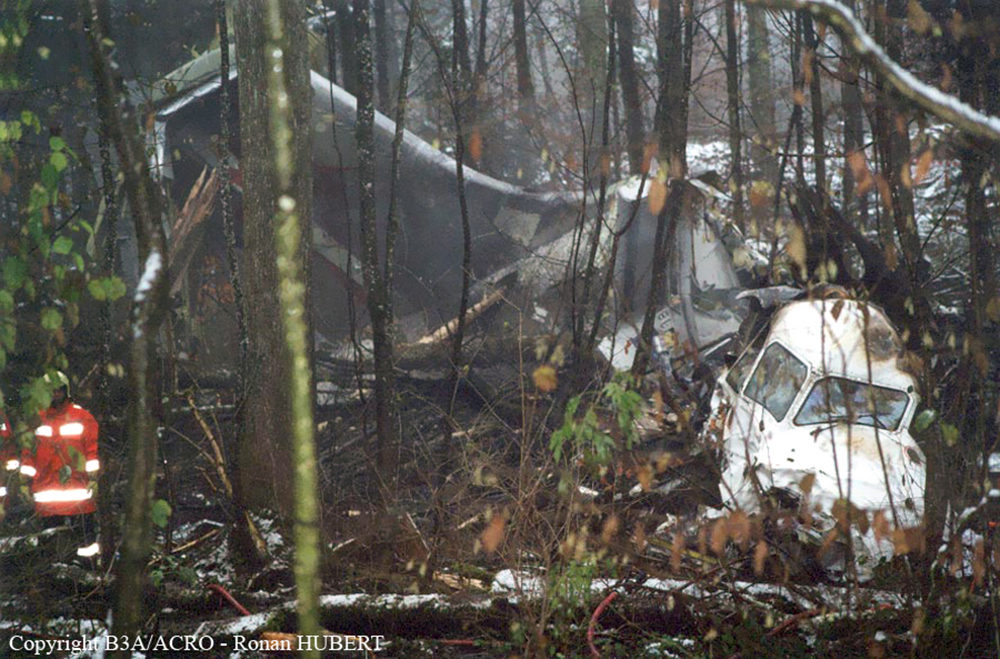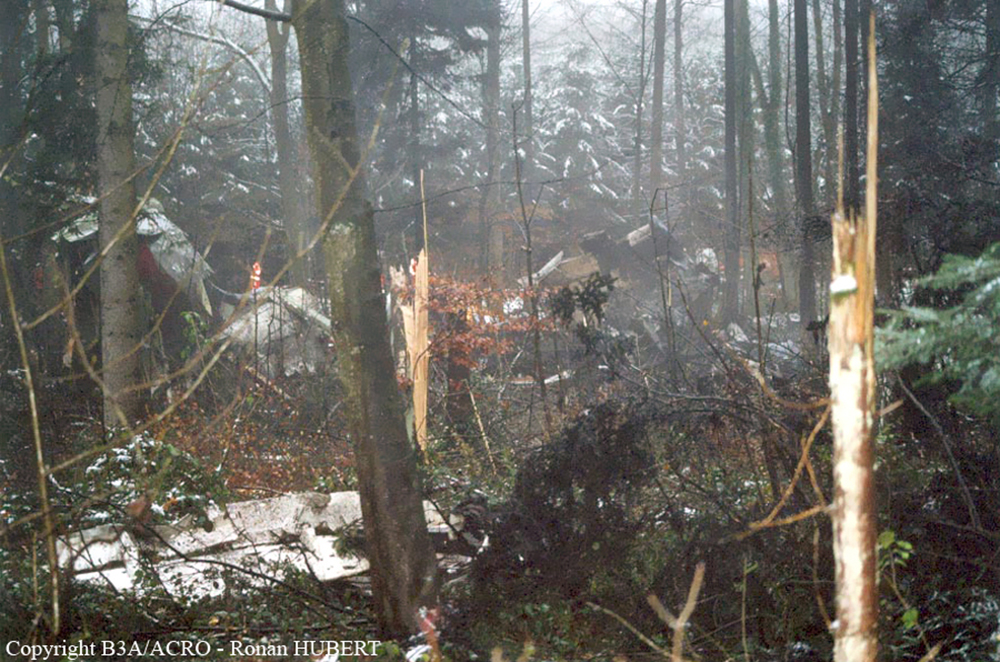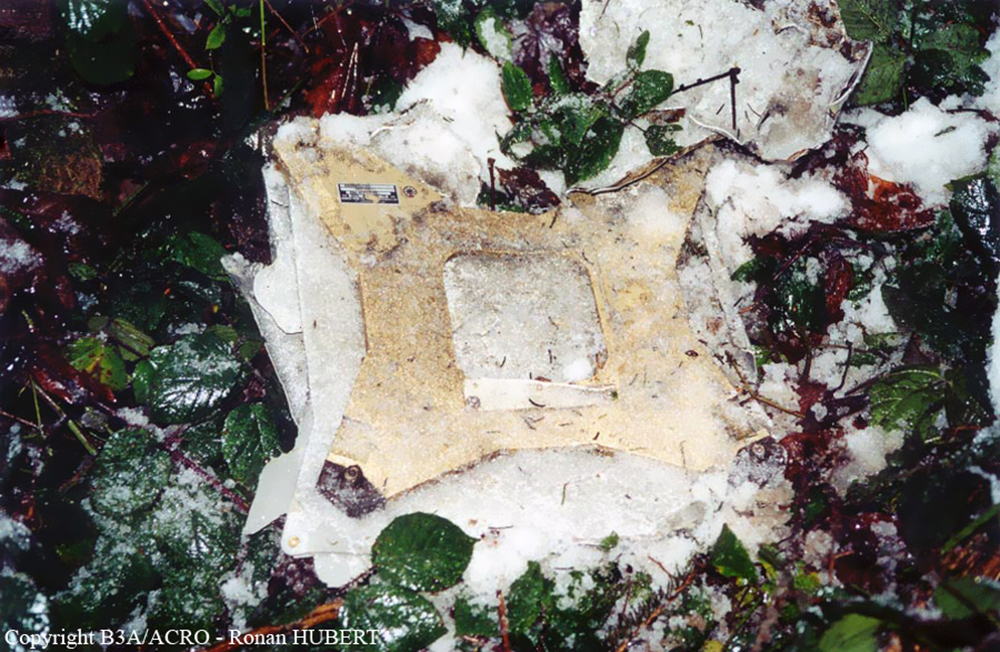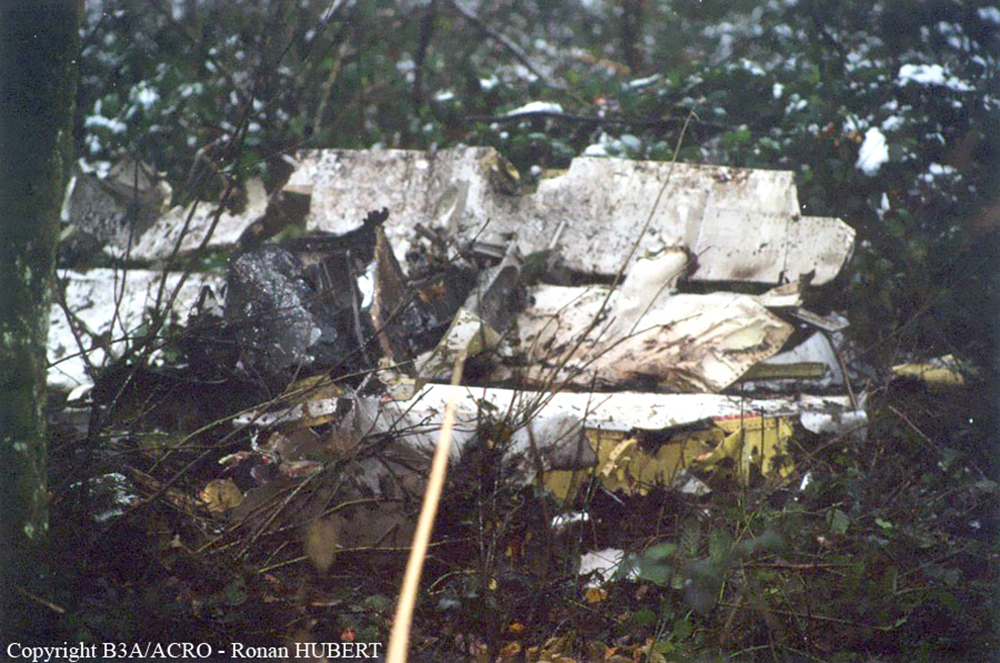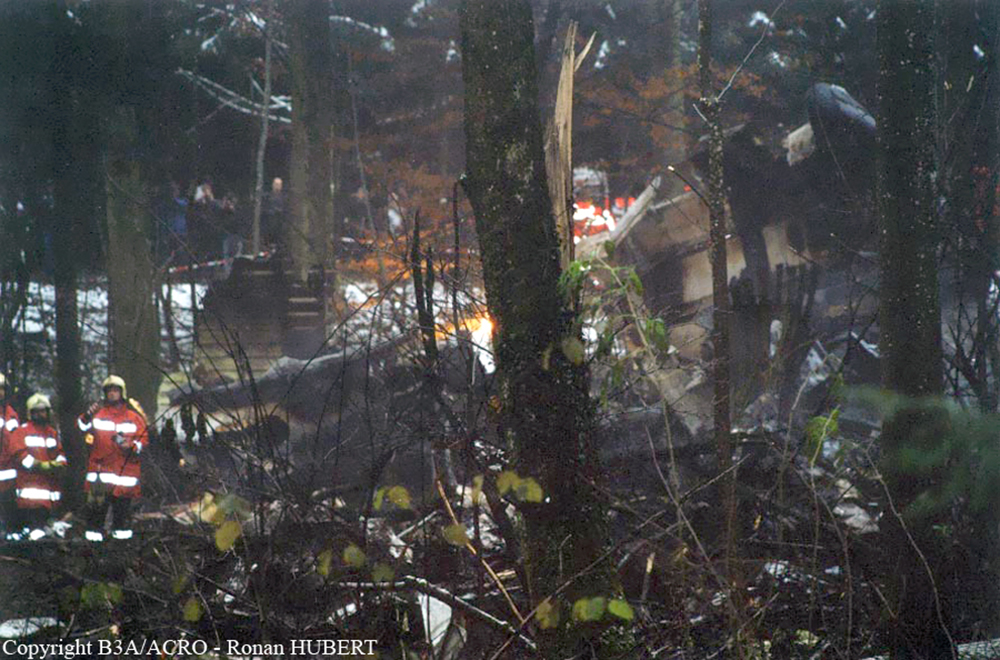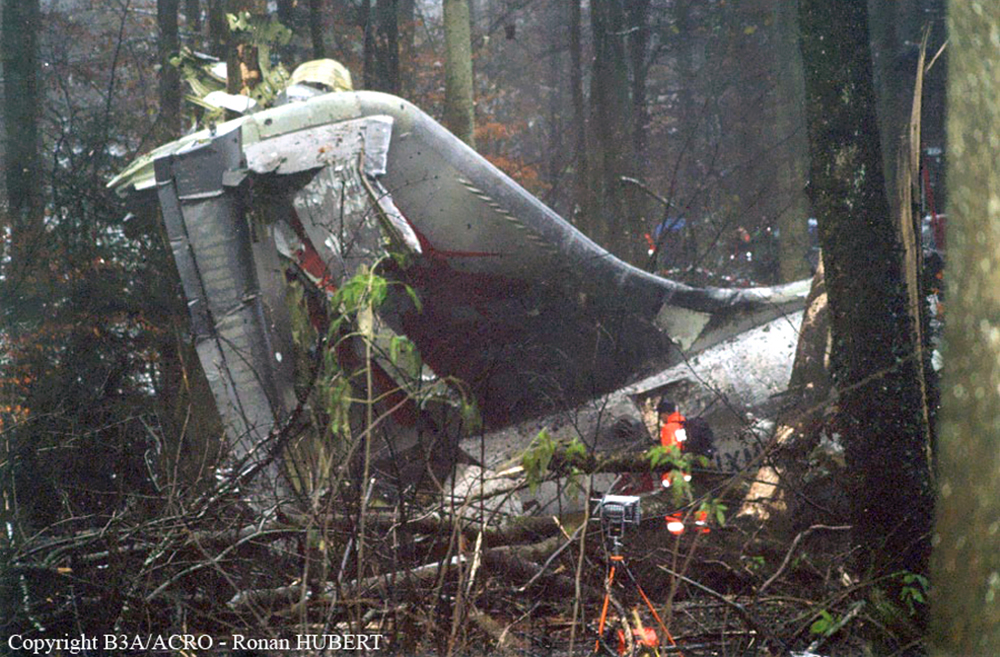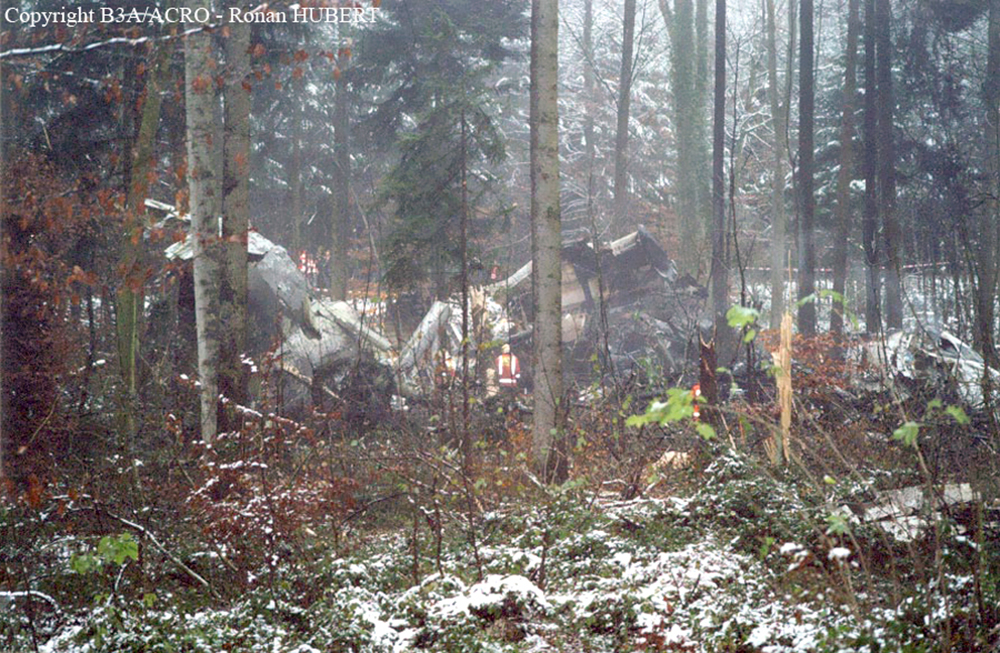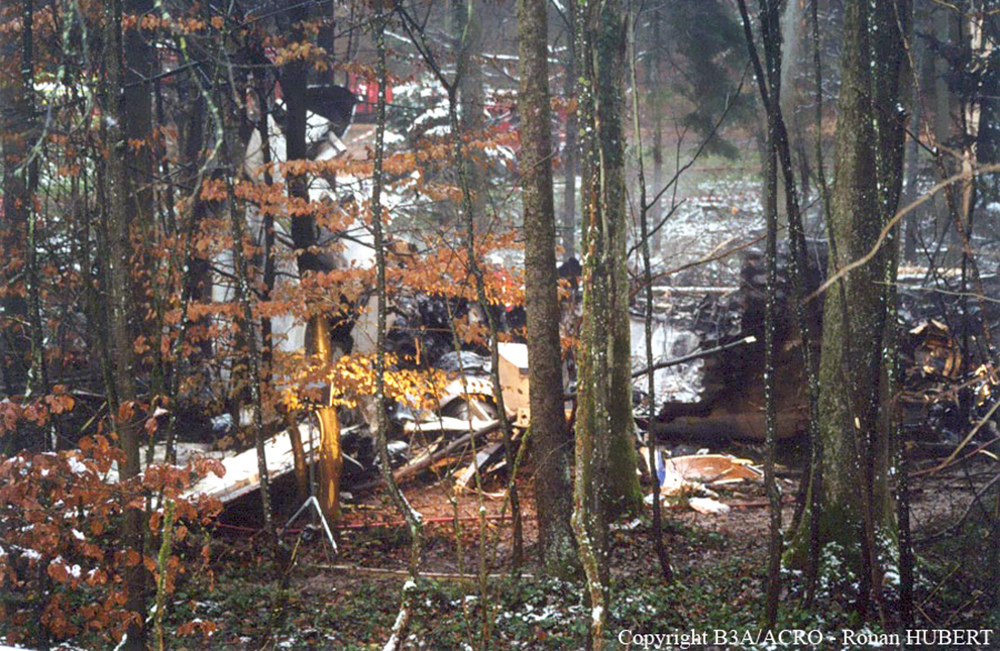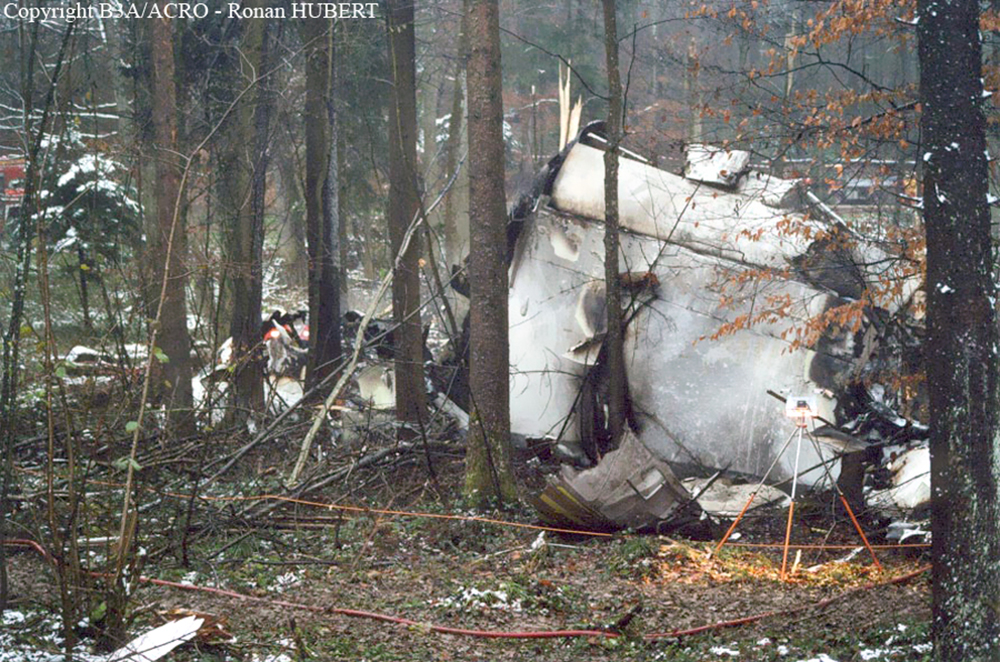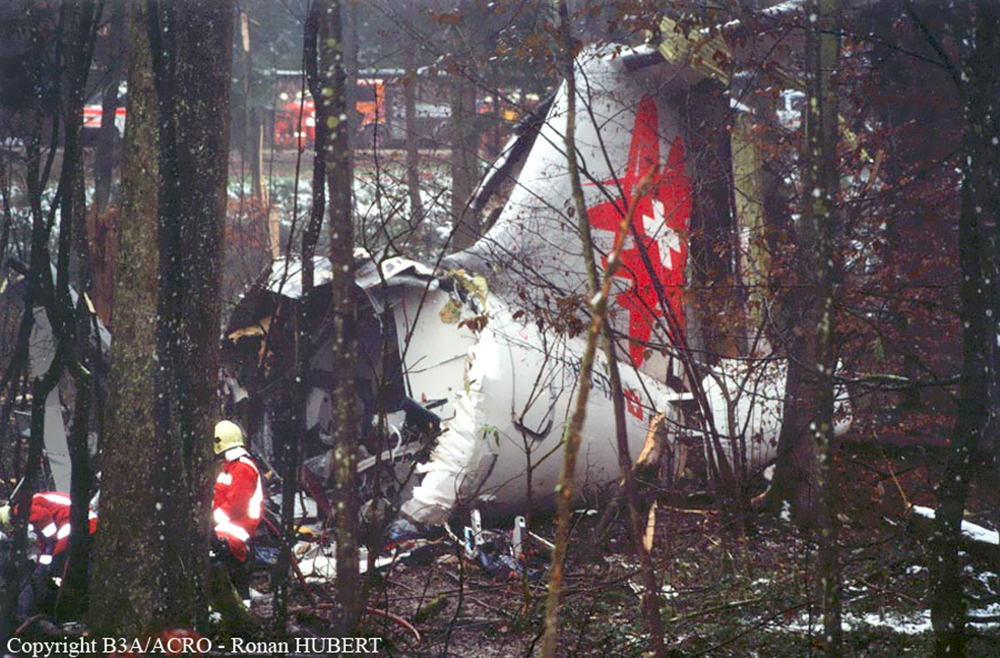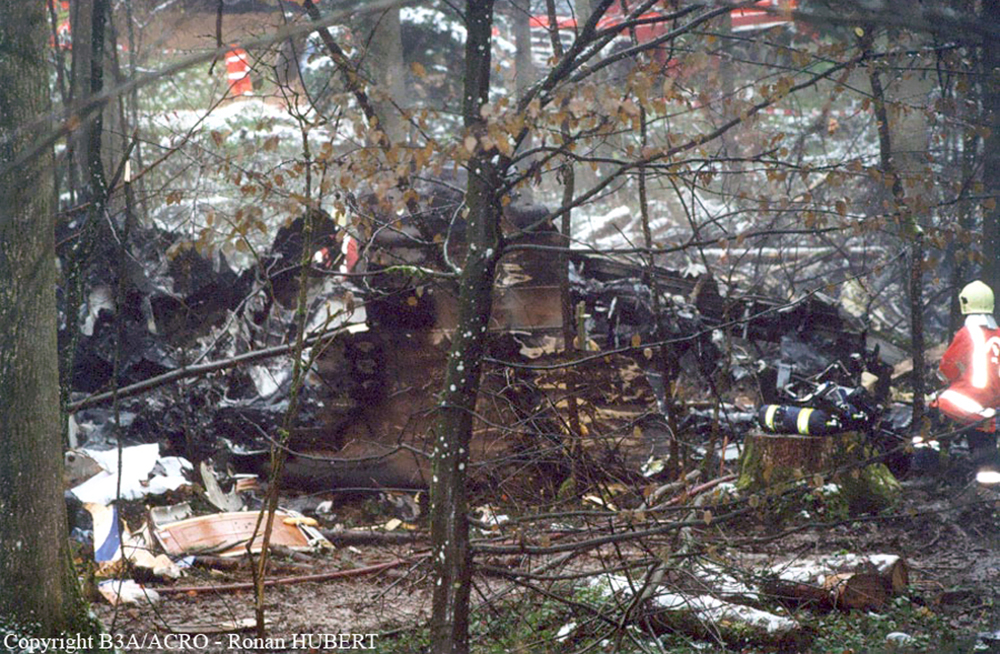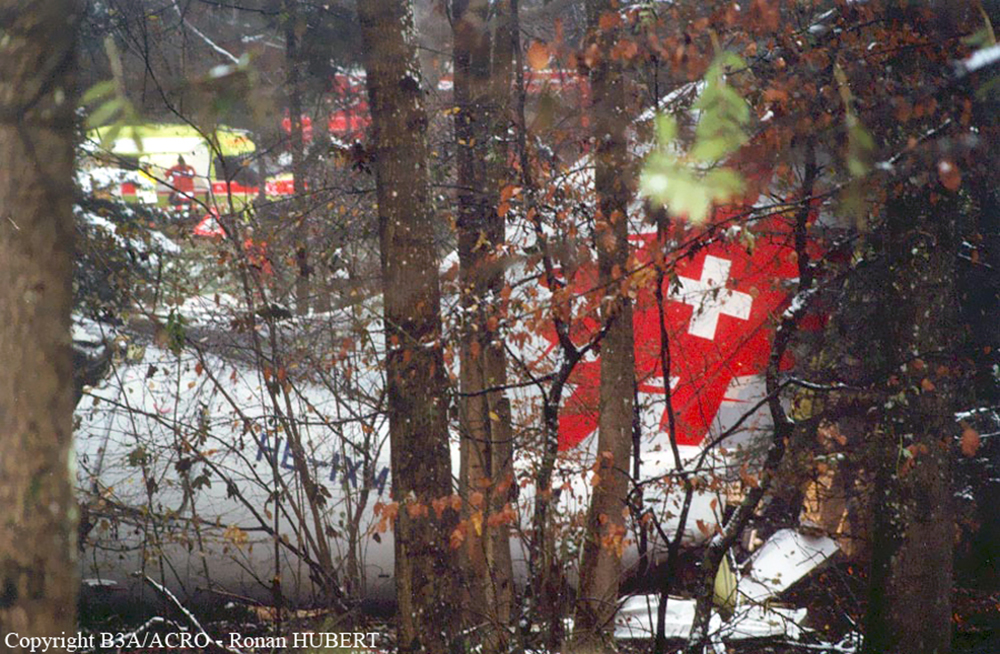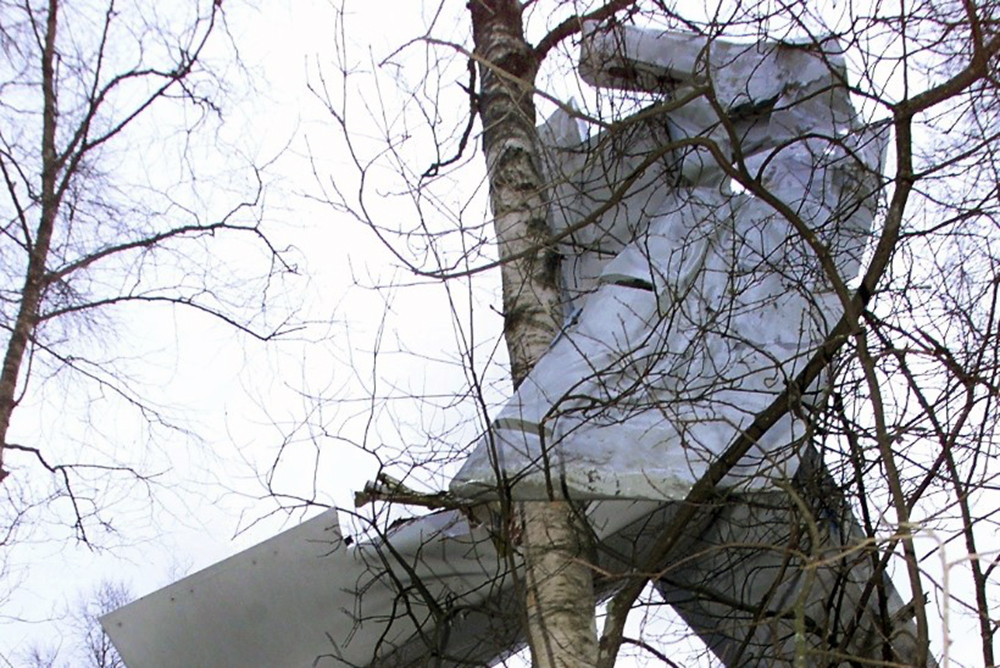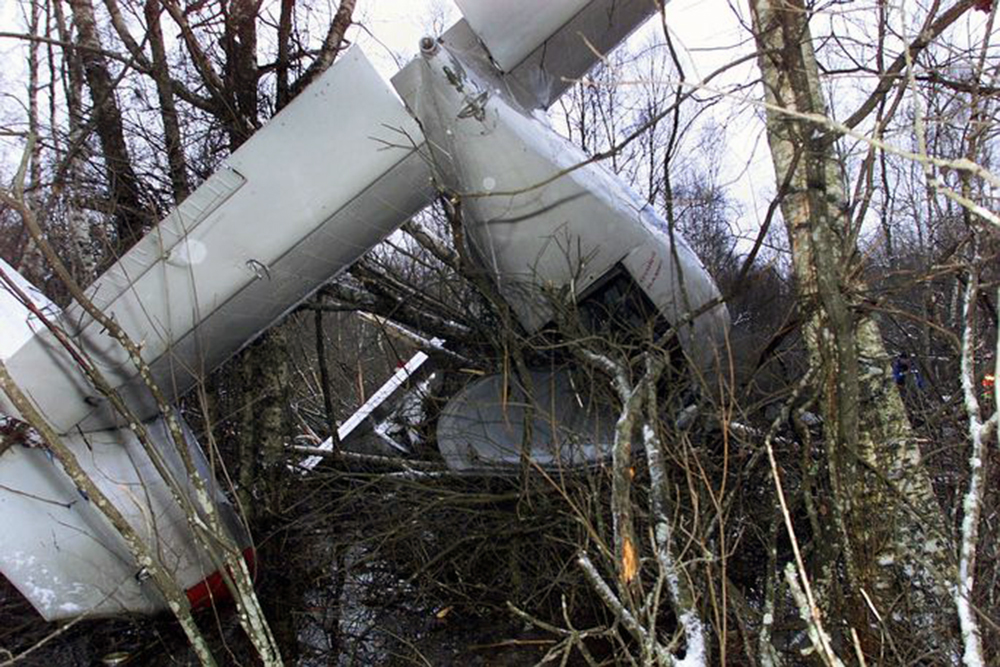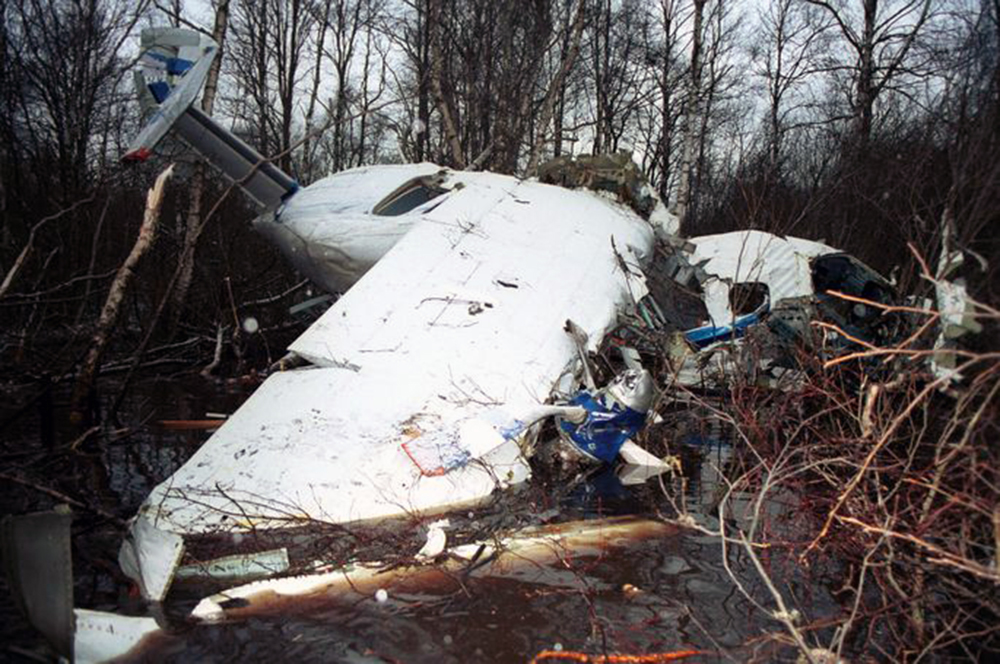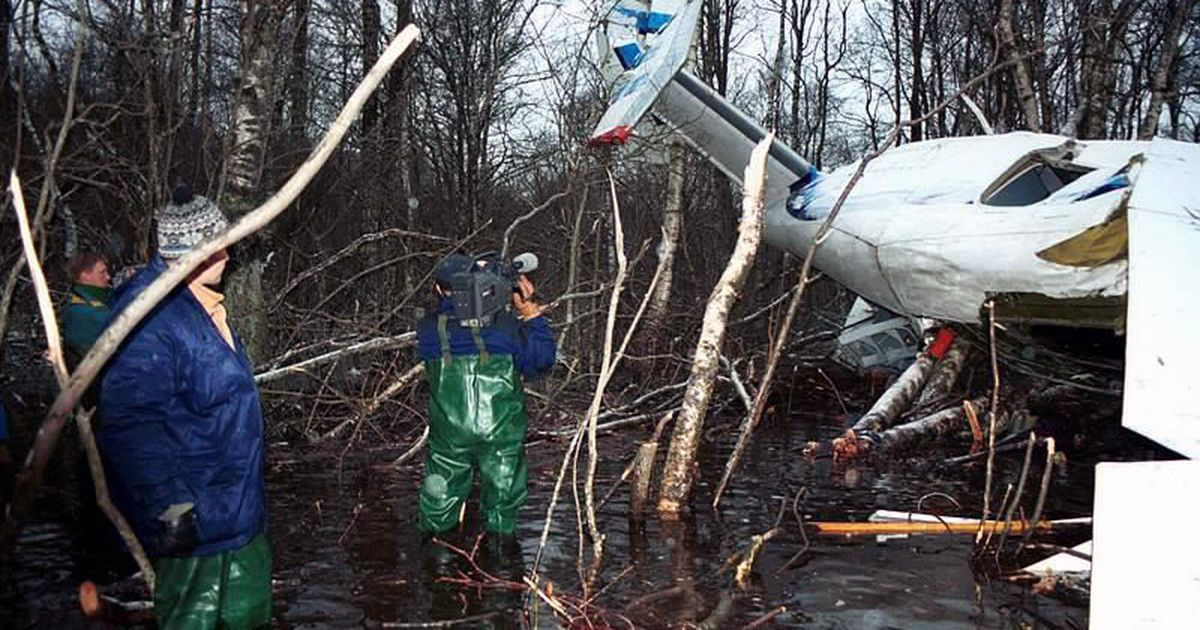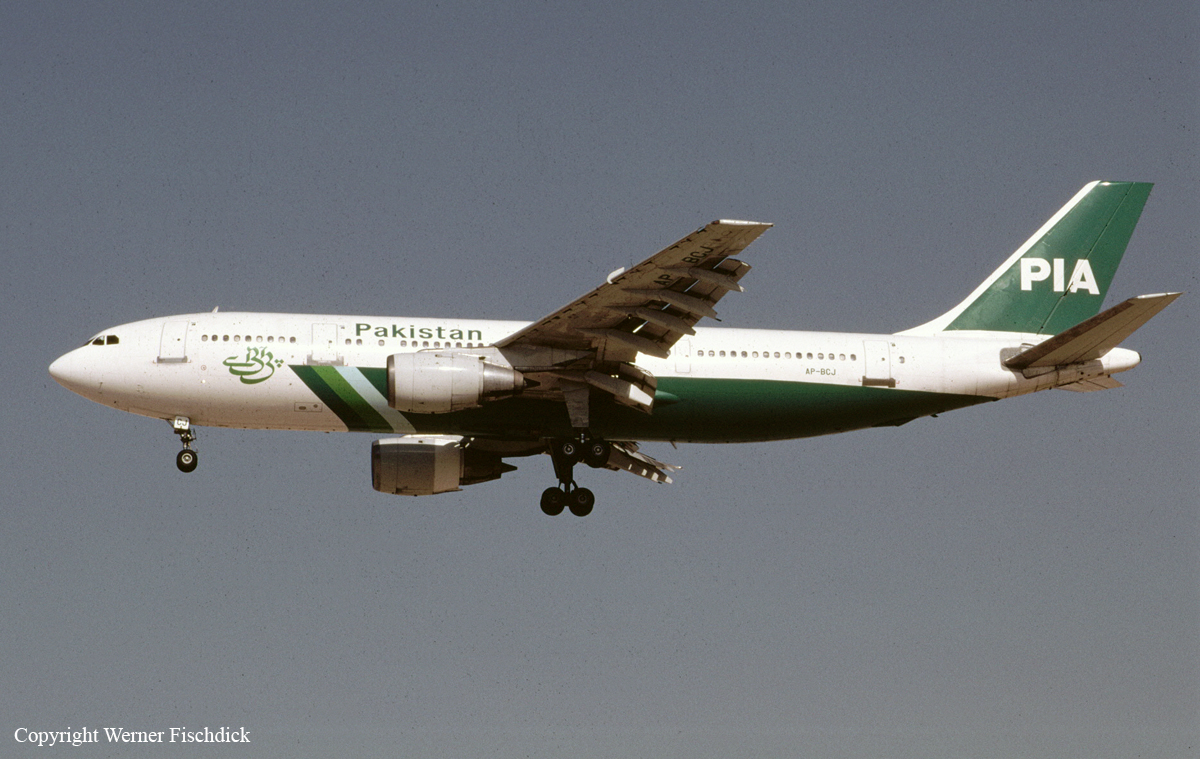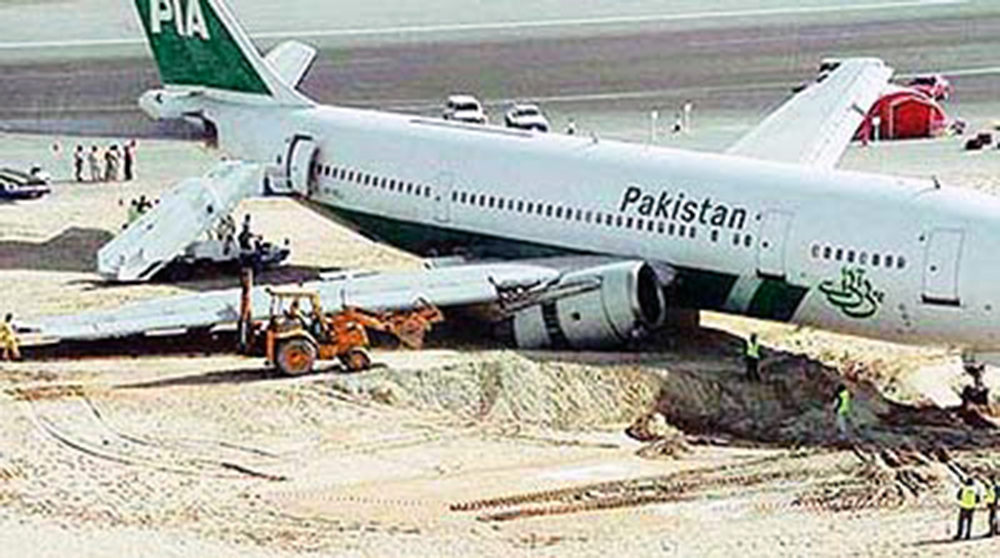Crash of a Beechcraft 100 King Air in Buriti Alegre
Date & Time:
Nov 25, 2001 at 1205 LT
Registration:
PT-DNP
Survivors:
Yes
Schedule:
Goiânia – Buriti Alegre
MSN:
B-56
YOM:
1970
Crew on board:
1
Crew fatalities:
Pax on board:
5
Pax fatalities:
Other fatalities:
Total fatalities:
0
Captain / Total hours on type:
1500.00
Circumstances:
On final approach to Buriti Alegre Airfield runway 05, following an uneventful flight from Goiânia-Santa Genoveva Airport, the pilot attempted to lower the flaps twice but the circuit breakers opened. He decided to continue the approach in a flapless configuration when, on short final, the aircraft stalled and collided with a wall located 15 metres short of runway. On impact, the undercarriage were torn off and the airplane landed on its belly, slid for 500 metres and came to rest, bursting into flames. All six occupants escaped uninjured while the aircraft was destroyed by fire.
Probable cause:
The pilot decided to continue the approach in a flapless configuration and at an insufficient speed, which caused the aircraft to stall on short final.
Final Report:



